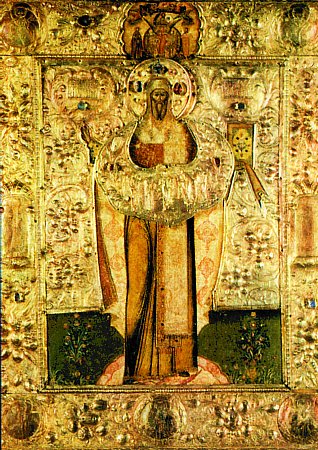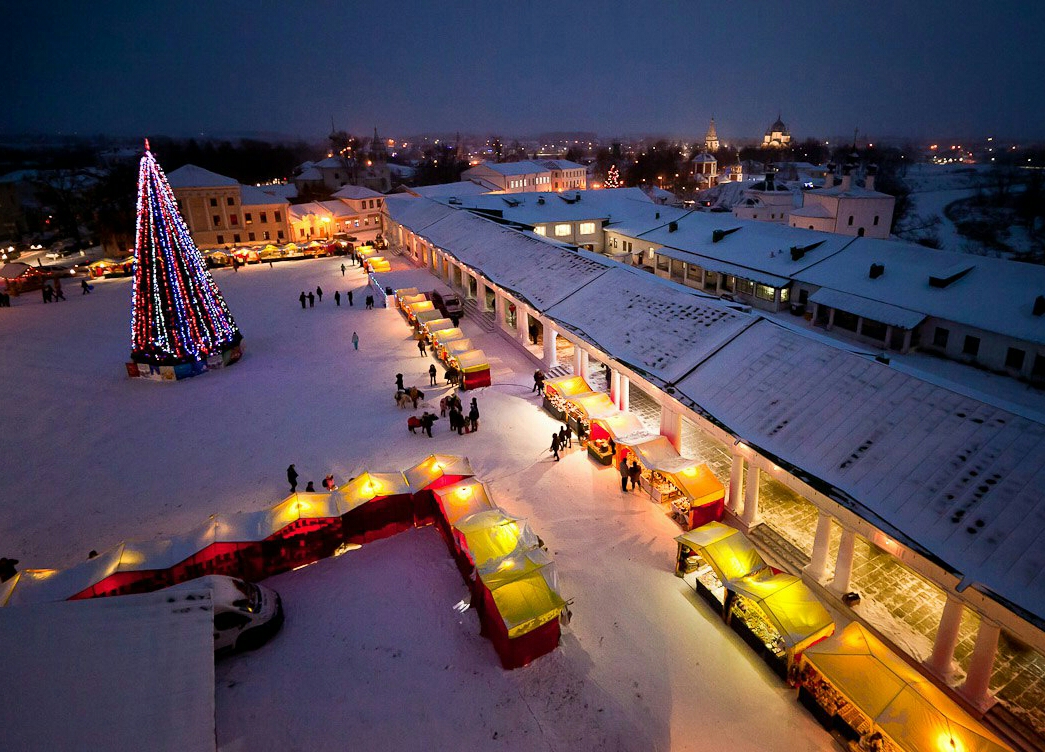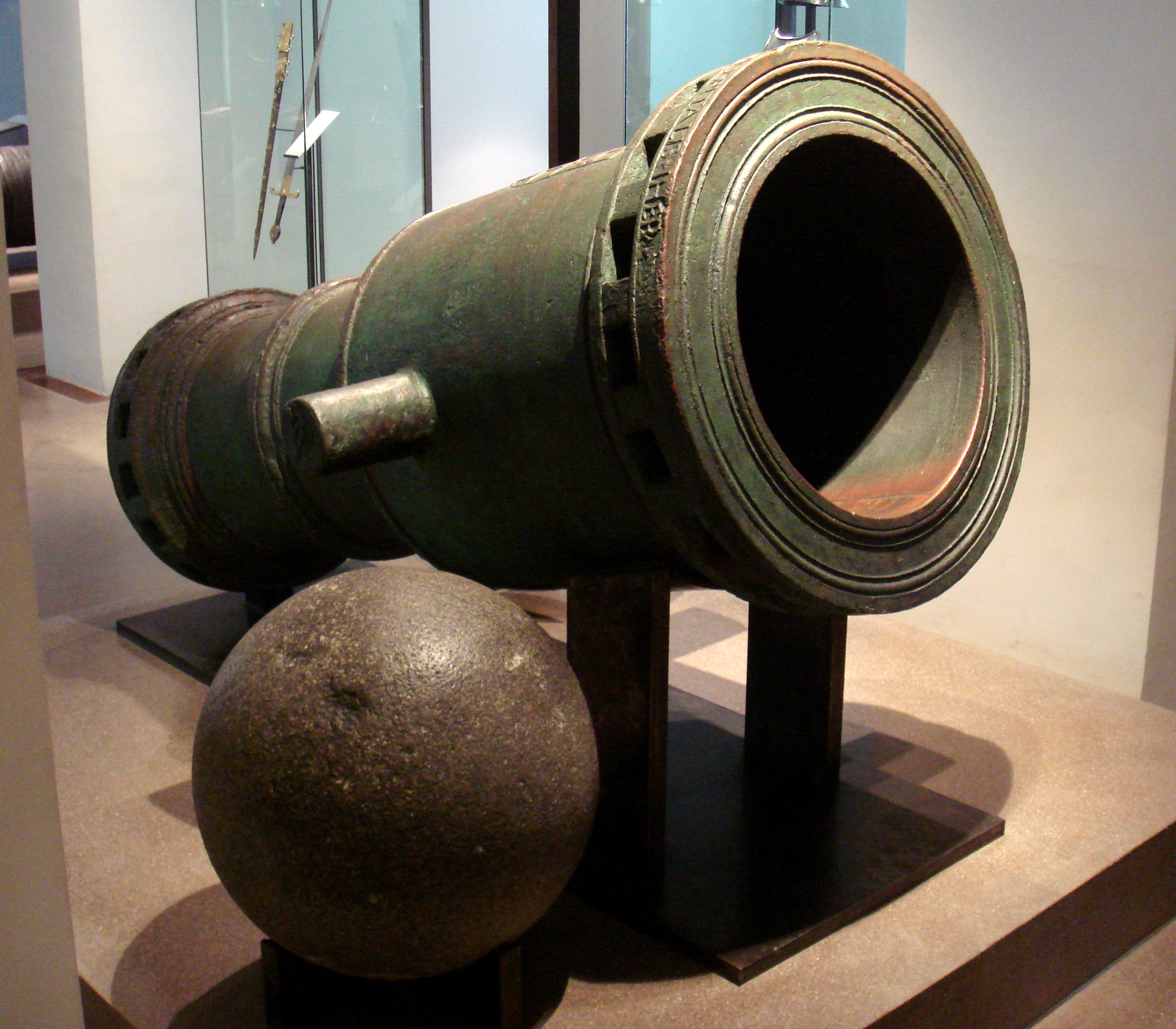|
Yam Fortress
Yam (Yama, Yamgorod, ) is a fortress and heritage site located on the eastern bank of the Luga river in Kingisepp, Leningrad Oblast, Russia. The fortress was built in 1384 by Ivan Fyodorovich, a boyar (noble) of the Novgorod republic, to protect the republic’s western borders. Thanks to it, Yam remained unconquered from the 14th to 15th centuries. The fortress was completely rebuilt after the Novgorod Republic was incorporated into the Grand Duchy of Moscow. Following the construction of Ivangorod Fortress, Yam Fortress lost its military significance. Between the end of the 16th century and the beginning of the 17th century, Yam Fortress was captured twice by the Swedish army, and the fortress was awarded to Sweden in 1612 by the Treaty of Stolbovo. Russians stormed the fortress in 1658 and captured most of it, however the Swedish garrison held out in the Detinets. Subsequently, the Swedish army demolished most of the fortress (except for the Detinets) to re-build it. Constr ... [...More Info...] [...Related Items...] OR: [Wikipedia] [Google] [Baidu] |
Fortress
A fortification is a military construction or building designed for the defense of territories in warfare, and is also used to establish rule in a region during peacetime. The term is derived from Latin ''fortis'' ("strong") and ''facere'' ("to make"). From very early history to modern times, defensive walls have often been necessary for cities to survive in an ever-changing world of invasion and conquest. Some settlements in the Indus Valley civilization were the first small cities to be fortified. In ancient Greece, large stone walls had been built in Mycenaean Greece, such as the ancient site of Mycenae (famous for the huge stone blocks of its 'cyclopean' walls). A Greek '' phrourion'' was a fortified collection of buildings used as a military garrison, and is the equivalent of the Roman castellum or English fortress. These constructions mainly served the purpose of a watch tower, to guard certain roads, passes, and borders. Though smaller than a real fortress, the ... [...More Info...] [...Related Items...] OR: [Wikipedia] [Google] [Baidu] |
Novgorod Republic
The Novgorod Republic was a medieval state that existed from the 12th to 15th centuries, stretching from the Gulf of Finland in the west to the northern Ural Mountains in the east, including the city of Novgorod and the Lake Ladoga regions of modern Russia. The Republic prospered as the easternmost trading post of the Hanseatic League and its Slavic, Baltic and Finnic people were much influenced by the culture of the Viking-Varangians and Byzantine people. Name The state was called "Novgorod" and "Novgorod the Great" (''Veliky Novgorod'', russian: Великий Новгород) with the form "Sovereign Lord Novgorod the Great" (''Gosudar Gospodin Veliky Novgorod'', russian: Государь Господин Великий Новгород) becoming common in the 15th century. ''Novgorod Land'' and ''Novgorod volost usually referred to the land belonging to Novgorod. ''Novgorod Republic'' itself is a much later term, although the polity was described as a republic as early as ... [...More Info...] [...Related Items...] OR: [Wikipedia] [Google] [Baidu] |
Great Duchy Of Moscow
The Grand Duchy of Moscow, Muscovite Russia, Muscovite Rus' or Grand Principality of Moscow (russian: Великое княжество Московское, Velikoye knyazhestvo Moskovskoye; also known in English simply as Muscovy from the Latin ) was a Rus' principality of the Late Middle Ages centered on Moscow, and the predecessor state of the Tsardom of Russia in the early modern period. It was ruled by the Rurik dynasty, who had ruled Rus' since the foundation of Novgorod in 862. Ivan III the Great titled himself as Sovereign and Grand Duke of All Rus' (russian: государь и великий князь всея Руси, gosudar' i velikiy knyaz' vseya Rusi). The state originated with the rule of Alexander Nevsky of the Rurik dynasty, when in 1263, his son, Daniel I, was appointed to rule the newly created Grand Principality of Moscow, which was a vassal state to the Mongol Empire (under the "Tatar Yoke"), and which eclipsed and eventually absorbed its parent duchy of ... [...More Info...] [...Related Items...] OR: [Wikipedia] [Google] [Baidu] |
Euthymius II Of Novgorod
Evfimy II, Archbishop of Novgorod the Great and Pskov from 1429 to 1458, was one of the most prolific patrons of the arts and architecture of all the Novgorodian archbishops. His Background According to his saint's lives, Evfimy's baptismal name was Ioann or Ivan and he was the son of a priest Fedor, and his wife, Anna, although some saint's lives give his father's name as Mikheia, and say he was the priest of the Church of St. Fedor the Great Martyr on the Market side of the city (today it is just east of the Aleksandr Nevsky Bridge on the main road running east out of the city. His Monastic and Archiepiscopal Life He was shorn a monk at the Listitsa Hill Monastery (Listitsky) and later transferred to the Vyazhishchsky Monastery 12 miles (7 km) northwest of Novgorod (he is known as Evfimy Viazhishchskii for this reason). He was elected archbishop by the veche after the death of his predecessor Evfimy I (Bradatii) in 1429 but was not consecrated until 1434, and not in Moscow ... [...More Info...] [...Related Items...] OR: [Wikipedia] [Google] [Baidu] |
Izhora
The Izhora (, ), also known as the Inger, is a left tributary of the Neva on its run through Ingria in northwestern Russia from Lake Ladoga to Gulf of Finland. The Izhora flows through Gatchinsky and Tosnensky Districts of Leningrad Oblast as well as through Pushkinsky and Kolpinsky Districts of the federal city of Saint Petersburg. The settlement of Ust-Izhora (lit. "mouth of Izhora") is situated at the confluence of Izhora and Neva, halfway between Saint Petersburg and Shlisselburg. The towns of Kommunar and Kolpino are located on the Izhora as well. The river is noted as the farthest Swedish forces ever reached between the Viking Age and the Time of Troubles. The calculated length of the Izhora is , and the area of its drainage basin is . The river draws its water mainly from natural groundwater springs, snow melt, and rain water. The river has a sustainable underground water supply in both summer and winter, never drying up or freezing through. The source of the Izh ... [...More Info...] [...Related Items...] OR: [Wikipedia] [Google] [Baidu] |
Neva
The Neva (russian: Нева́, ) is a river in northwestern Russia flowing from Lake Ladoga through the western part of Leningrad Oblast (historical region of Ingria) to the Neva Bay of the Gulf of Finland. Despite its modest length of , it is the fourth-largest river in Europe in terms of average discharge (after the Volga, the Danube and the Rhine). The Neva is the only river flowing from Lake Ladoga. It flows through the city of Saint Petersburg, the three smaller towns of Shlisselburg, Kirovsk and Otradnoye, and dozens of settlements. It is navigable throughout and is part of the Volga–Baltic Waterway and White Sea–Baltic Canal. It is the site of many major historical events, including the Battle of the Neva in 1240 which gave Alexander Nevsky his name, the founding of Saint Petersburg in 1703, and the Siege of Leningrad by the German army during World War II. The river played a vital role in trade between Byzantium and Scandinavia. Etymology The earli ... [...More Info...] [...Related Items...] OR: [Wikipedia] [Google] [Baidu] |
Wagon Train
''Wagon Train'' is an American Western series that aired 8 seasons: first on the NBC television network (1957–1962), and then on ABC (1962–1965). ''Wagon Train'' debuted on September 18, 1957, and became number one in the Nielsen ratings. It is the fictional adventure story of a large westbound wagon train through the American Old West, from Missouri to California. Its format attracted different famous guest stars per episode, as travelers or as residents of the settlements they encountered. The show initially starred supporting film actor Ward Bond as the wagon master (replaced after his death in 1960 by John McIntire) and Robert Horton as the scout (eventually replaced by similar-looking Robert Fuller when Horton opted to leave the series). The series was inspired by the 1950 film '' Wagon Master'' directed by John Ford and starring Ben Johnson, Harry Carey Jr., and Ward Bond, and by the 1930 early widescreen film ''The Big Trail'' directed by Raoul Walsh and sta ... [...More Info...] [...Related Items...] OR: [Wikipedia] [Google] [Baidu] |
Narva
Narva, russian: Нарва is a municipality and city in Estonia. It is located in Ida-Viru county, at the eastern extreme point of Estonia, on the west bank of the Narva river which forms the Estonia–Russia international border. With 54,409 inhabitants (as of 2020) Narva is Estonia's third largest city after capital Tallinn and Tartu. In 1944, Narva was nearly completely destroyed during the battles of World War II. During the period of Soviet occupation (1944–1991), the city’s original native inhabitants were not permitted to return after the war, and immigrant workers from Russia and other parts of the former USSR were brought in to populate the city. The city whose population had been, as of 1934 census, 65% ethnic Estonian, became overwhelmingly non-Estonian in the second half of the 20th century. According to more recent data, 46.7% of the city's inhabitants are citizens of Estonia, 36.3% are citizens of the Russian Federation, while 15.3% of the population ... [...More Info...] [...Related Items...] OR: [Wikipedia] [Google] [Baidu] |
Suzdal
Suzdal ( rus, Суздаль, p=ˈsuzdəlʲ) is a town that serves as the administrative center of Suzdalsky District in Vladimir Oblast, Russia, which is located on the Kamenka River, north of the city of Vladimir. Vladimir is the administrative center of the surrounding oblast. As of the 2021 Census, its population was 9,286. Suzdal is one of the oldest Russian towns. In the 12th century, it became the capital of the principality, while Moscow was merely one of its subordinate settlements. Currently, Suzdal is the smallest of the Russian Golden Ring towns, but it has more than 40 historically important monuments and 200 architectural sites. Several of these sites are listed as UNESCO World Heritage Sites. History The town's history dates back probably to 999 or 1024, and in 1125 Yury Dolgoruky made Suzdal the capital of the Rostov-Suzdal principality. Suzdal began to function as a capital at the time when Moscow was still a cluster of cowsheds. In 1157, And ... [...More Info...] [...Related Items...] OR: [Wikipedia] [Google] [Baidu] |
Bombard (weapon)
The bombard is a type of cannon or mortar which was used throughout the Middle Ages and the early modern period. Bombards were mainly large calibre, muzzle-loading artillery pieces used during sieges to shoot round stone projectiles at the walls of enemy fortifications, enabling troops to break in. Most bombards were made of iron and used gunpowder to launch the projectiles. There are many examples of bombards, including Mons Meg, the Dardanelles Gun, and the handheld bombard. The weapon provided the name to the Royal Artillery rank of bombardier and the word bombardment. Terminology The term "bombard" was first used to describe guns of any kind from the early to mid-14th century, but it was later applied primarily to large cannons during the 14th to 15th centuries. Despite its strong association with large cannons, there is no standard size for bombards, and the term has been applied to cannons only a meter in length as well as cannons several meters long weighing up to 20 ... [...More Info...] [...Related Items...] OR: [Wikipedia] [Google] [Baidu] |
Prussia
Prussia, , Old Prussian: ''Prūsa'' or ''Prūsija'' was a German state on the southeast coast of the Baltic Sea. It formed the German Empire under Prussian rule when it united the German states in 1871. It was ''de facto'' dissolved by an emergency decree transferring powers of the Prussian government to German Chancellor Franz von Papen in 1932 and ''de jure'' by an Allied decree in 1947. For centuries, the House of Hohenzollern ruled Prussia, expanding its size with the Prussian Army. Prussia, with its capital at Königsberg and then, when it became the Kingdom of Prussia in 1701, Berlin, decisively shaped the history of Germany. In 1871, Prussian Minister-President Otto von Bismarck united most German principalities into the German Empire under his leadership, although this was considered to be a "Lesser Germany" because Austria and Switzerland were not included. In November 1918, the monarchies were abolished and the nobility lost its political power during the ... [...More Info...] [...Related Items...] OR: [Wikipedia] [Google] [Baidu] |





